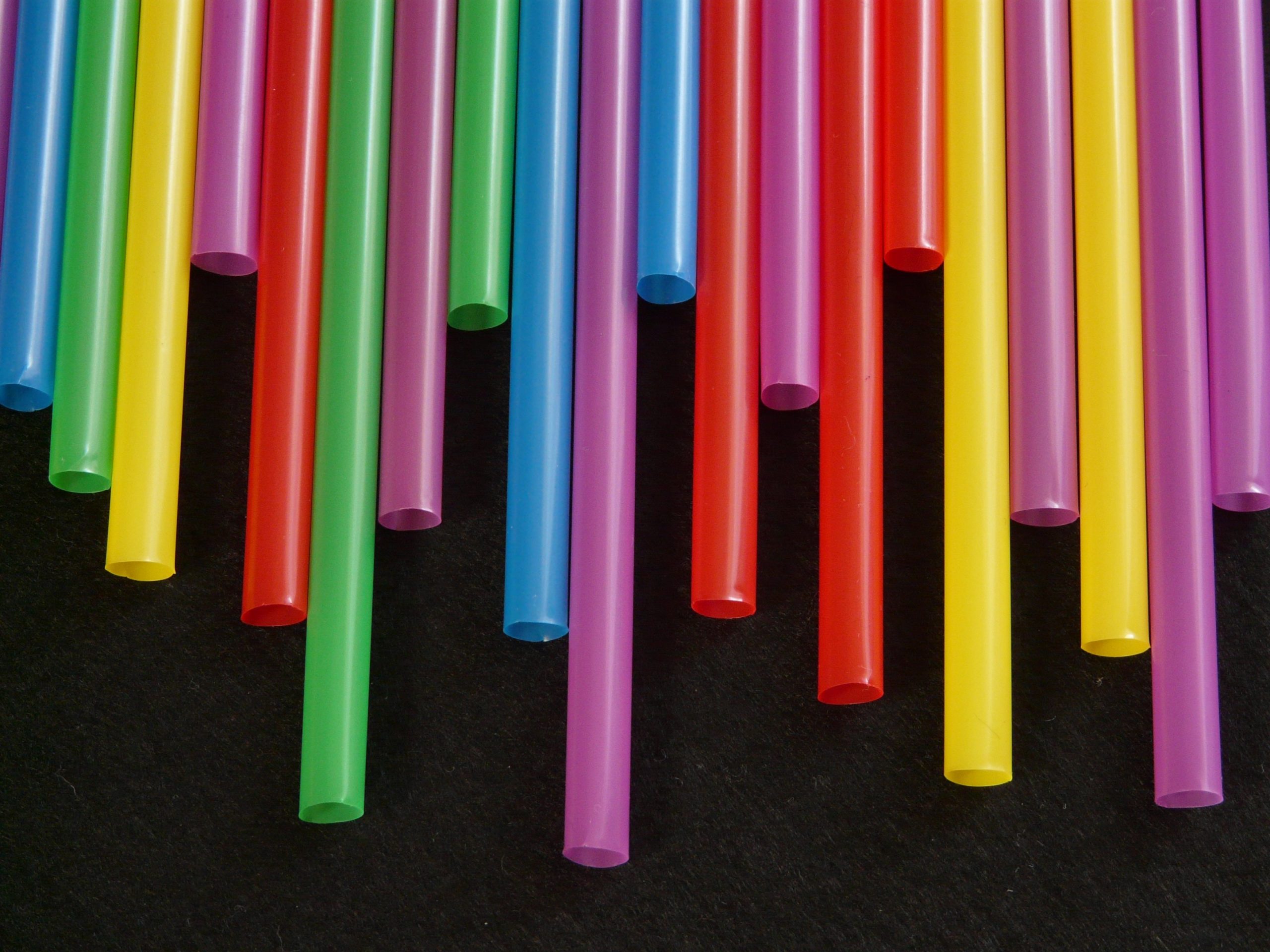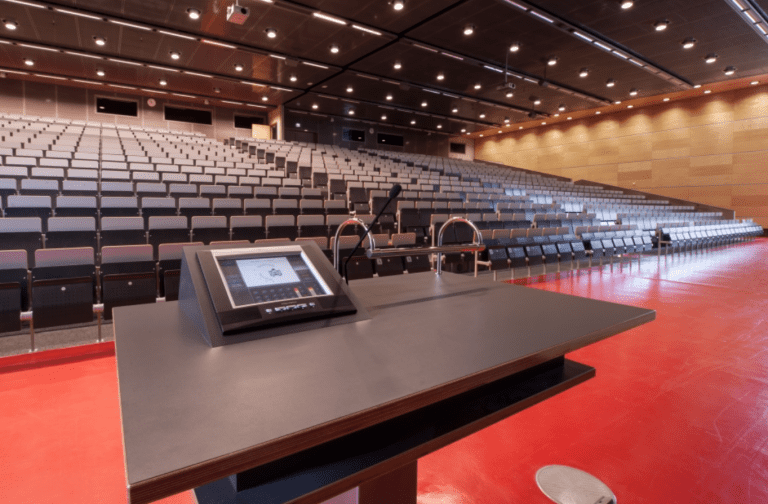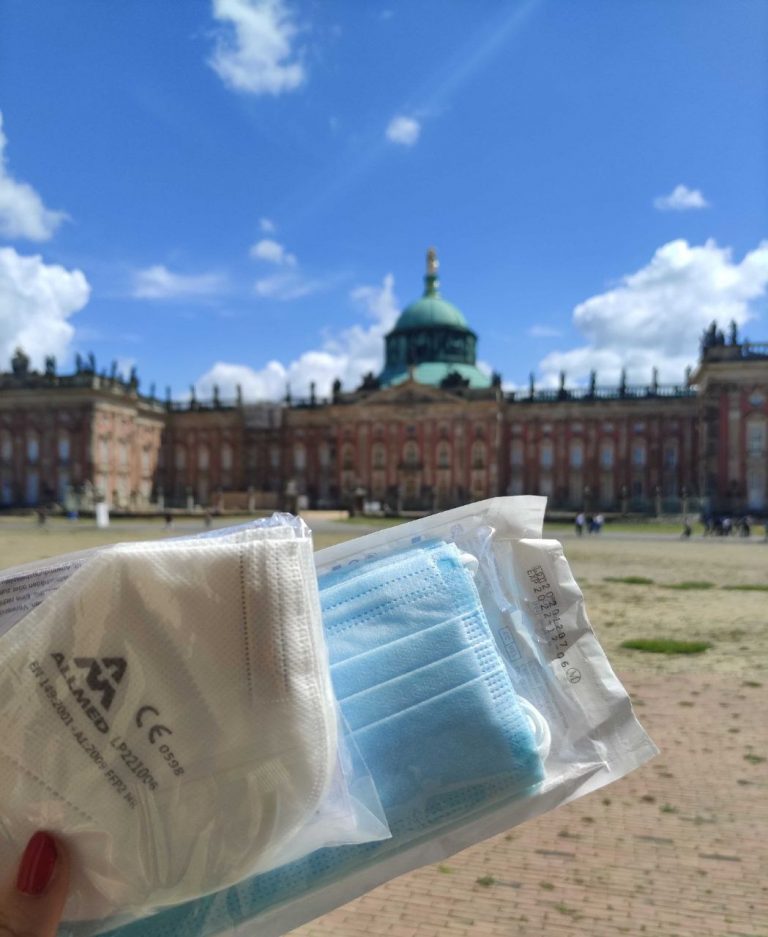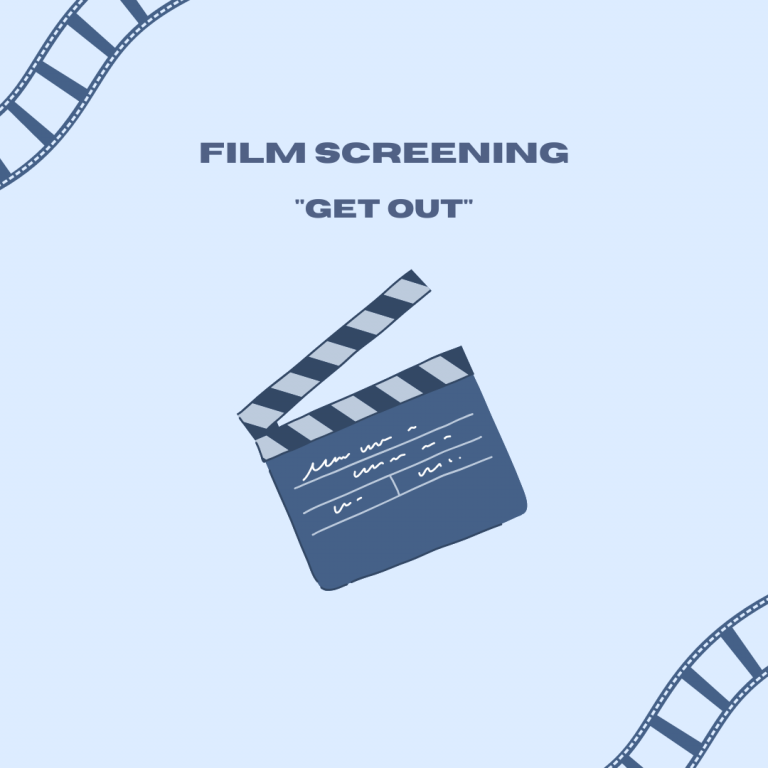Necessary Paradoxes: The Average Neglect & The Benefits of Plastic

While shopping carts might find their demise in the ever-growing need for delivery people, the next item in this series is, in some parts of the world, already a thing of the past: plastic straws. But while banning these slender plastic tubes seems like the right thing to do, doing so highlighted more complex issues about how we treat those around us, who we listen to, and how we react to urgent issues.
By Nathan Hümpfner
Everybody has a (bad) go-to joke; the short version of mine goes like this:
A bear, a fox and a rabbit are relentless drunkards, until they decide to clean up their act and sober up, as animals of the forest should not be drunks. While both bear and fox get their life back on track, rabbit remains a defiant drunk – and a charming one at that, if the person telling the joke is invested in crafting a good story. To increase the pressure, bear and fox make it clear that another day of non-compliance will render the rabbit as the next days meal. The day comes, but the rabbit remains nowhere to be found, until the predators pull the rabbit out of a lake by a suspicious-looking straw the rabbit used to breathe through.
The Antithesis of Nature
Disregarding decency, I am stopping this joke right here, before its pun, as I did recently whilst telling it. Back then, something seemed out of place. The joke has survived solely because it gives you plenty of room to dilate its characters – which is the funny thing about the joke, as its pun is terrible. Hence, I added little tidbits here and there; the rabbit’s ear would be buckled, the fox would cook mind-bogglingly elaborate meals, etc. For this reason, the rabbit would never be pulled out of the lake by the straw of a plant, but by a McDonald’s straw; the red and white striped antithesis of (our idea of) nature itself. I have, until writing this piece, never thought about how compelling an image the plastic straw really is.
Maybe the straw was just too ubiquitous for a while. The ultimate single-serve product; available everywhere, free, and too insignificant and omnipresent to keep around. A launcher of thousands of little spit-drenched paper balls in my school days, but also versatile as a free and harmless „firecracker“ (roll it up and flick the air pocket) or used for too many hours blowing bubbles in any beverage listening to the conversations at some café my parents dragged me to (because I couldn’t be left alone without seriously endangering pets, furniture or anything worth at least any sentimental value). Paying for a single straw was unimaginable. Paying the plastic straw itself any attention just as much.
Until it became a political symbol; concerns about it’s environmental impact have lead to a ban in Europe this year. Other parts of the world have engaged in heated discussions about its relevancy. The dinky plastic tube, for some, became a sign of defiance; a newfound symbol of freedom or mankind’s careless destruction of the environment. During his presidency, Donald Trump’s campaign sold plastic straws – for the extortionate price of 15 Dollars for 10 pieces – to defy liberals.
Gateway plastics

The argument for banning straws is relatively easy: Their size and chemical makeup forbid a proper recycling process – and since nobody’s fixing that, they are being banned. Albeit they are far from the biggest problem in the ocean, activists and scientist alike hope plastic straws could be a „gateway plastic“ – one that would open people’s eyes and ears to the destructive powers of single-use plastics.
The argument seems quite easy, but, as with all things in life, it is not. We need to take a step back for this though: while the straw was around for millenia (the Sumerians drank beer from corn straws 3000 years ago – which is both amazing and disturbing – beer from a straw?!), the precursor to our modern plastic straw was a drunk idea. Over a Mint Julep, Marvin Stone (from all I could surmise, he was a pretty cool dude for his time) came up with the idea of the paper straw because rye straws made drinks taste like, well, rye. The straw became really popular once the flexible ’neck‘ was added.
Containing Multitudes
This refinement is a paramount reason why single-use plastic straws were making life a lot easier and fairer for some of us – kids, the bedridden and those with disabilites, just to name a few. Bendy plastic straws combine a lot of features that most alternatives don’t: they’re cheap, sanitized (if wrapped individually), safe with hot liquids, don’t dissolve while you’re using them; there’s no risk of an allergic reaction; they’re neither too hard to hurt yourself with, nor will they mush or crumble up and pose a choking hazard – and most importantly of all, they were readily available almost anywhere. Try to find any other material that combines these features and you’re faced with an impossible task.
Plastic straws are, thus, part of a long history of those in charge forgetting or simply ignoring others – a history of access. Cities around the world were built, mostly, with the average height and fully abled white male in mind – the social norms, infrastructure and architecture around us had to be challenged by such acts as the civil rights movement, the disablity rights movement or the feminist architects practice Matrix. This is why arguments such as bringing your own straw or using an alternative fall flat. Plastic straws are emblematic for the history and problems of accessibility.
Joe, Me & the Rabbit
This is not to say the ban on plastic straws was not right or that plastic straws are not a hazard to the environment. But the gateway plastic could also have been a gateway to more considerate decision-making. A term which seems sometimes accutely uncomprehensible to those in charge: I have seen elderly people in tears over a bar having to take their benches off the sidewalk during daytime because it does not fit regulations – the exhausted aged were left with no means of taking a much needed rest. Inconsiderate drug policies leave thousands in a spiral of addiction and criminalization, and just as much without medicine that might help them more efficiently than the available medicine. Public toilets are only free for those able to stand while relieving themselves, while everyone else has to pay. All these decisions are still made with a strange notion about society in mind; one where problems are tackled by adressing a generalized and stereotype-ridden vision of society, its cities and cultures. The average Joe reigns supreme.
In a society of individuals, catering to the needs of the perceived average person will put a large part – or, paradoxically, most likely the majority – of people at a disadvantage. Ironically, Marvin Stone seemed very well aware of the unfairness of society, as he used the wealth generated by his invention to provide housing and education for Black Americans and sex workers. The plastic straw is well capable of creating a better and fairer society – if produced and used considerately. Unfortunately, at least in Europe, we have already to decided, once again, to neglect dealing with this society of individuals.
The rabbit’s shaking paws are barely able to cling onto the straw as he is still sucking on it for air whilst dangling from the bears paw; his booze-ridden breath is the olfactory description of his face. I’m sure the rabbit was well aware of this as he was pulled out by the bear under the stern vista of the fox; he is excessively, 1970s-Hunter-S-Thompson style wasted. As the unlikely pair asks him if he is aware of the snackening that is about to unfold, the rabbit slurs his last defense: „What you animals of the forest do, is of no concern to us fish.“
Sounds fair.
I told you it was a terrible pun.






